The edge must be scalloped
Diorama 1 2
3 4 5 6
Sannergata 25 0557, Oslo
01/04/2016 - 29/04/2016
‘The particular context and dynamics of art viewing brings about a heightened sense of self in the viewer; she tends to feel as much on display as the objects that surround her.
This observation should ring familiar to anyone who frequent contemporary art events and venues with any regularity. For her exhibition “The Edge Must Be Scalloped” at Diorama, Sanna Helena Berger has created a situation that aims to provoke and intensify precisely this alternation between scrutinising and coming under scrutiny that signifies our interaction with art.
Rather than the evisceration of the viewing body’s carnal aspects—a desired effect famously attributed to the white cube construct by Brian O’Doherty—what the carefully honed atmosphere we encounter in art venues actually produce, experientially speaking,
is physical discomfort. We’ve all seen it and tried to pull it off: the pretence of ease. Most would testify that to be in the presence of art, whether it’s a daytime visit to a museum or going to an opening, is tethered to a nagging feeling of exposure. What is inspired by art displays and their attending rituals, is not an interrogation after the meaning or value of the intentionally crafted and displayed works, but a questioning of the claim to importance of the sweaty-palmed interrogator him- or herself—in short: self-doubt.
The alternation between the roles of viewer and viewed is normally a slippery and continuous process. “In the wild” (i.e. the gallery), the same subject can easily fulfil both functions simultaneously. Through a carefully constructed viewing environment — reminiscent of something one would expect to encounter in a clinical psychological test— Berger effectively uncouples these functions, offering them up as modes to be enjoyed separately, uninterrupted by the destabilising flows of real social interaction.
“The edge must be scalloped” continues Berger’s ongoing series of experiments into how behaviour is conditioned by our surroundings, and how in turn these mechanisms can be deployed for artistic purposes. Berger’s interventions enlarge and skew the familiar into subtly caricatured forms, inviting detachment. Yet, despite their stagedness, these performances and arrangements also bleed out into the space they occupy together with their audience, making participation compulsory.’
Stian Gabrielsen Editor-in-Chief, Kunstkritikk
Documentation
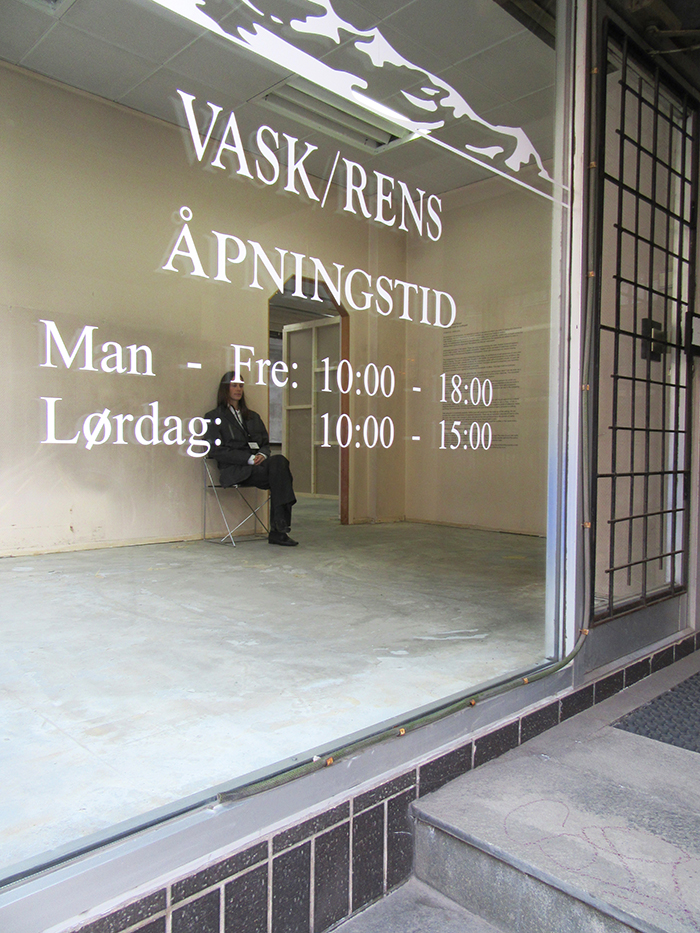
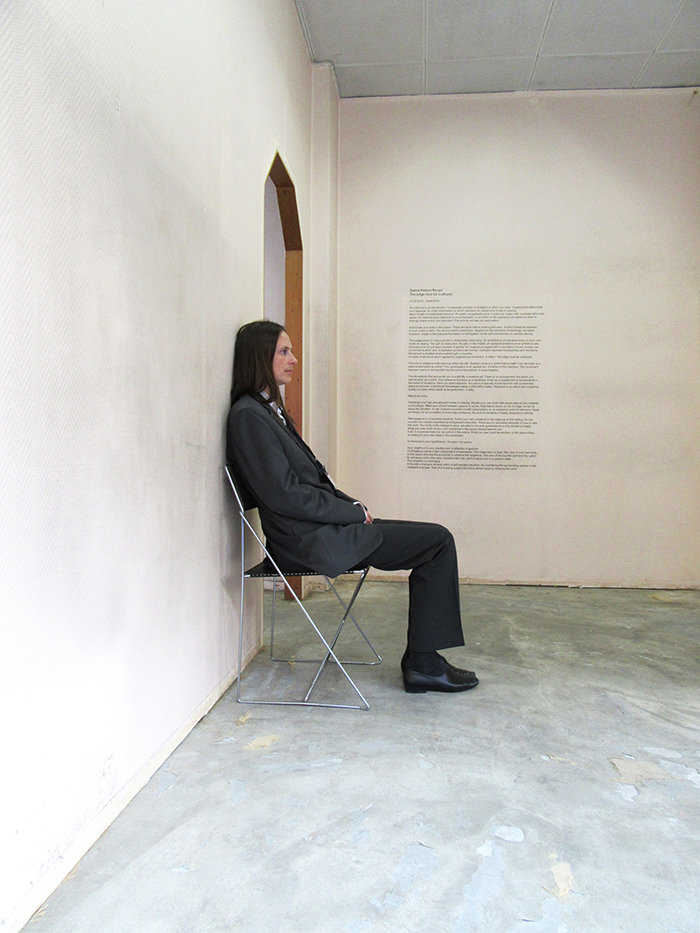
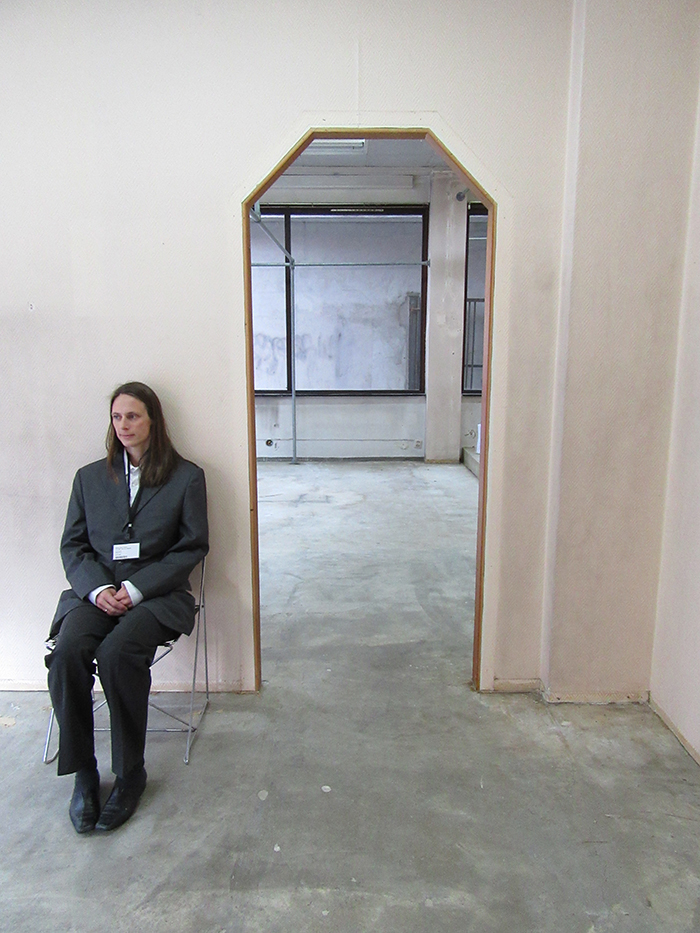
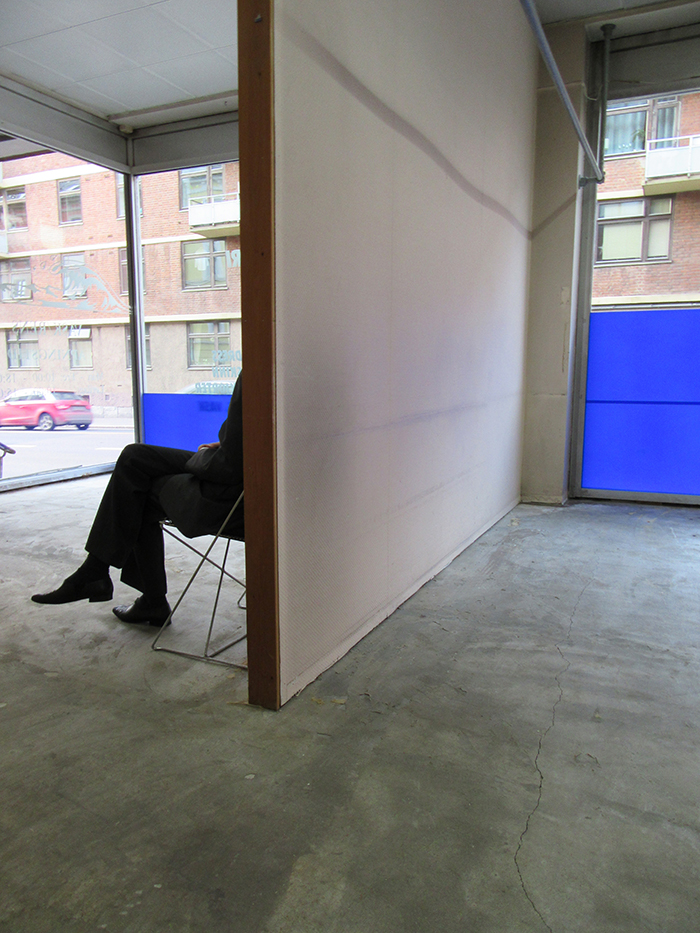
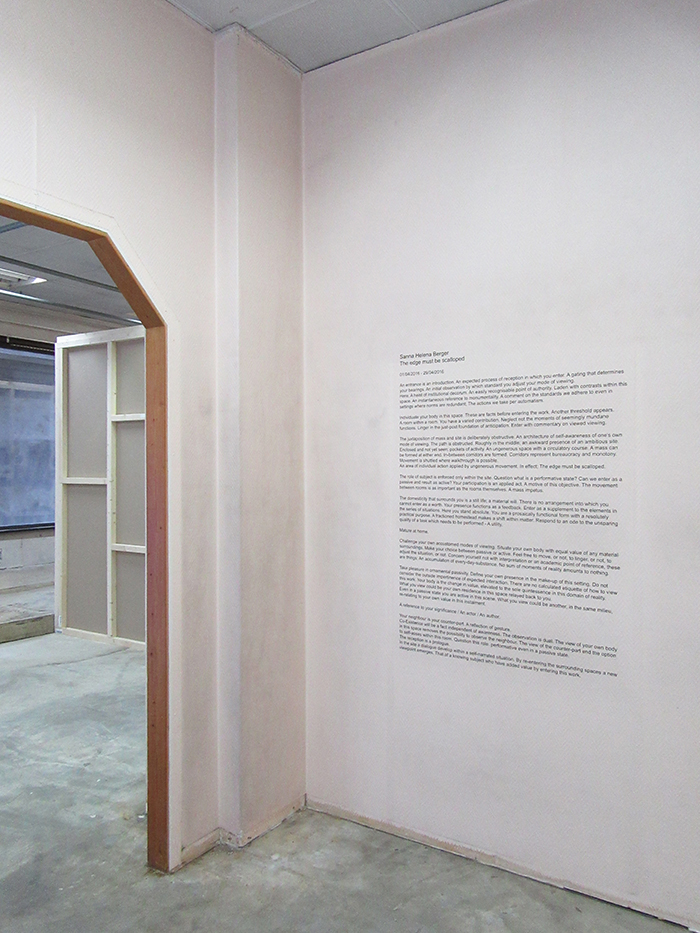
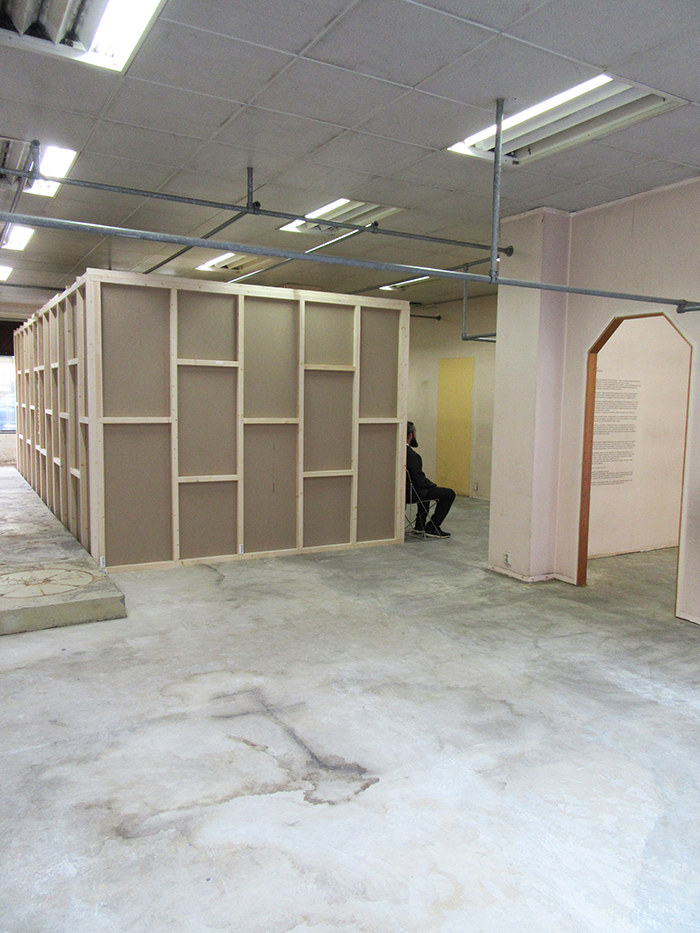
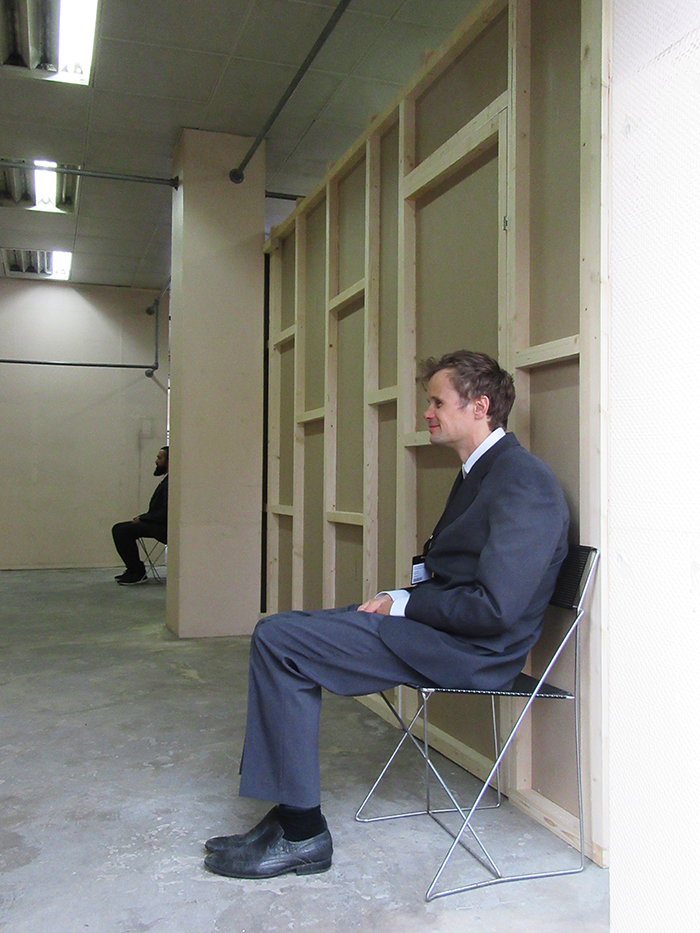
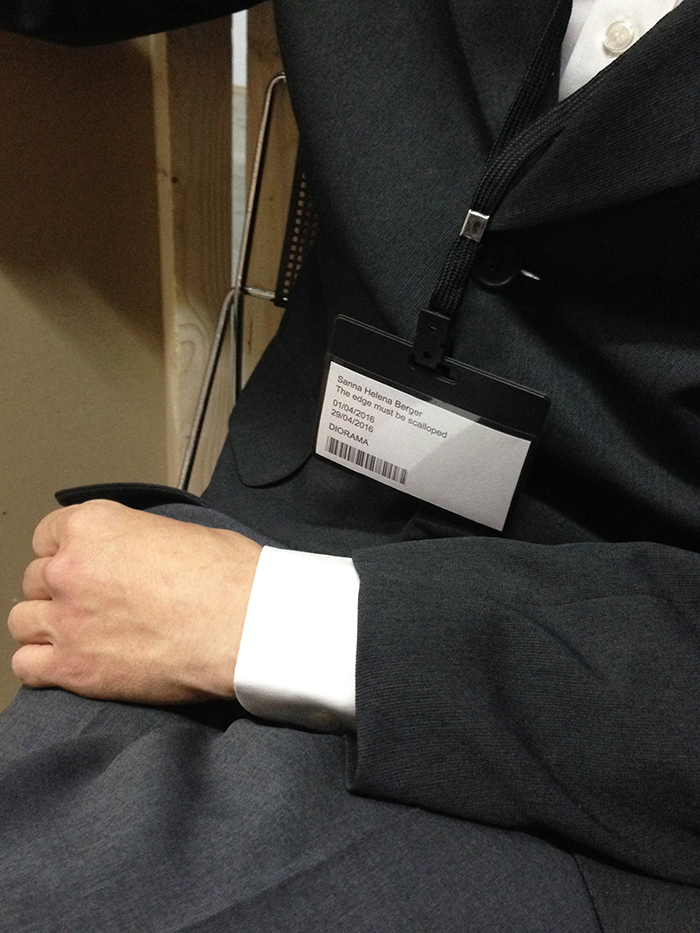
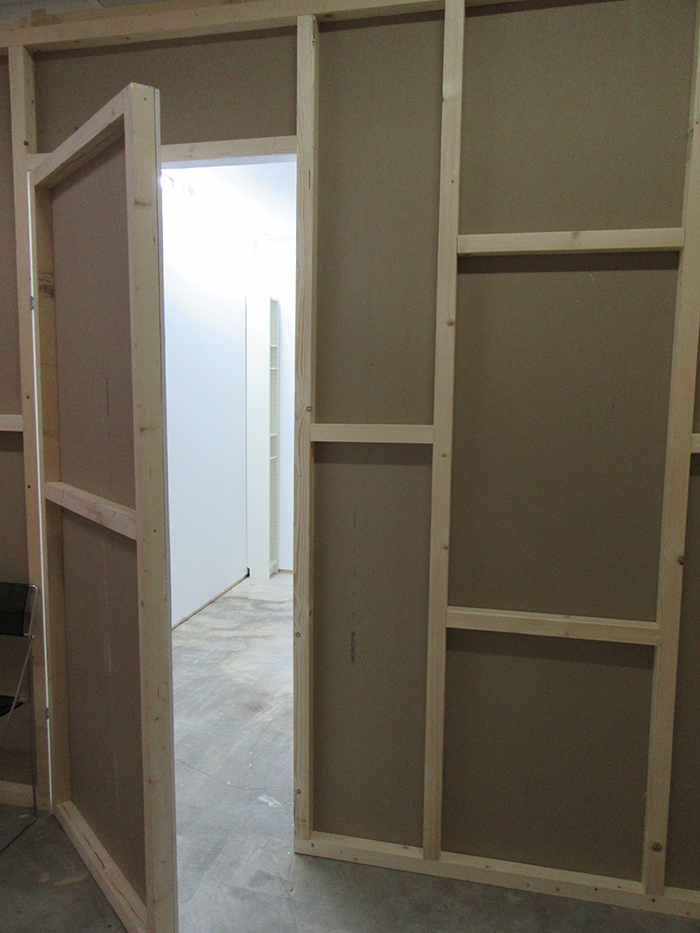
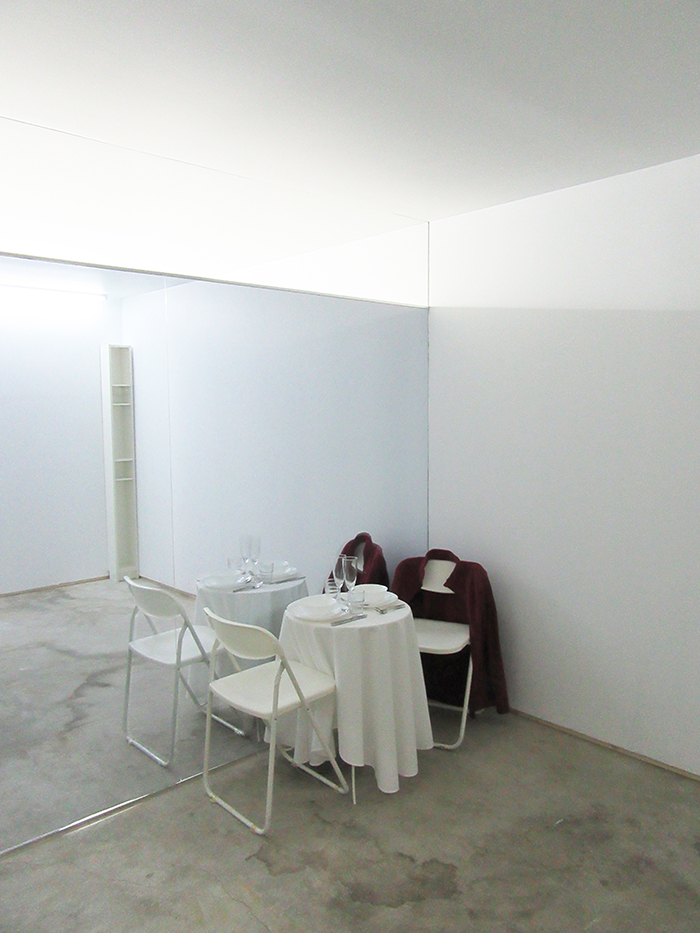
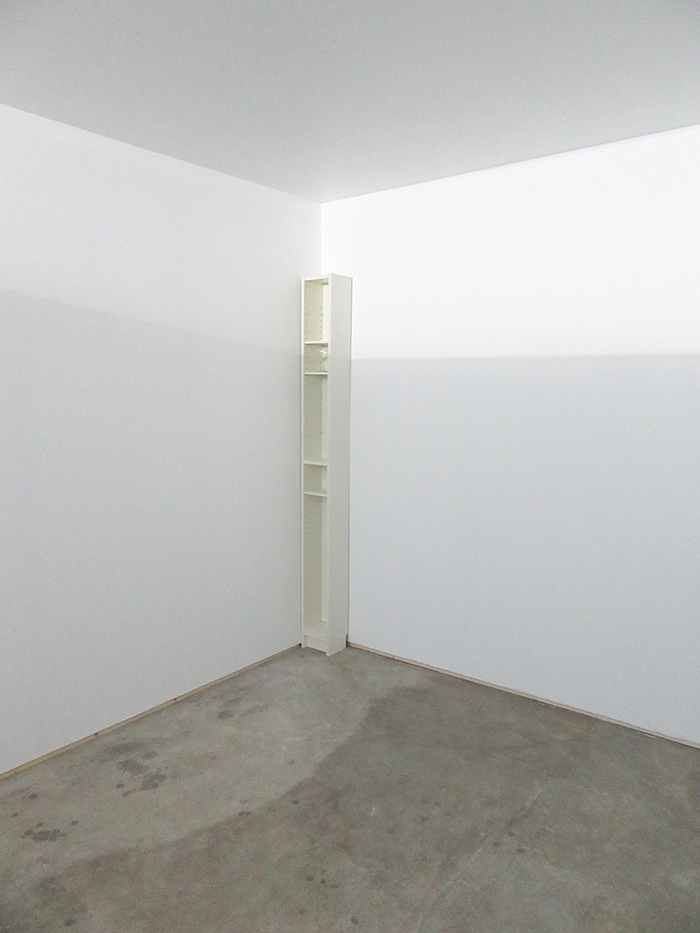
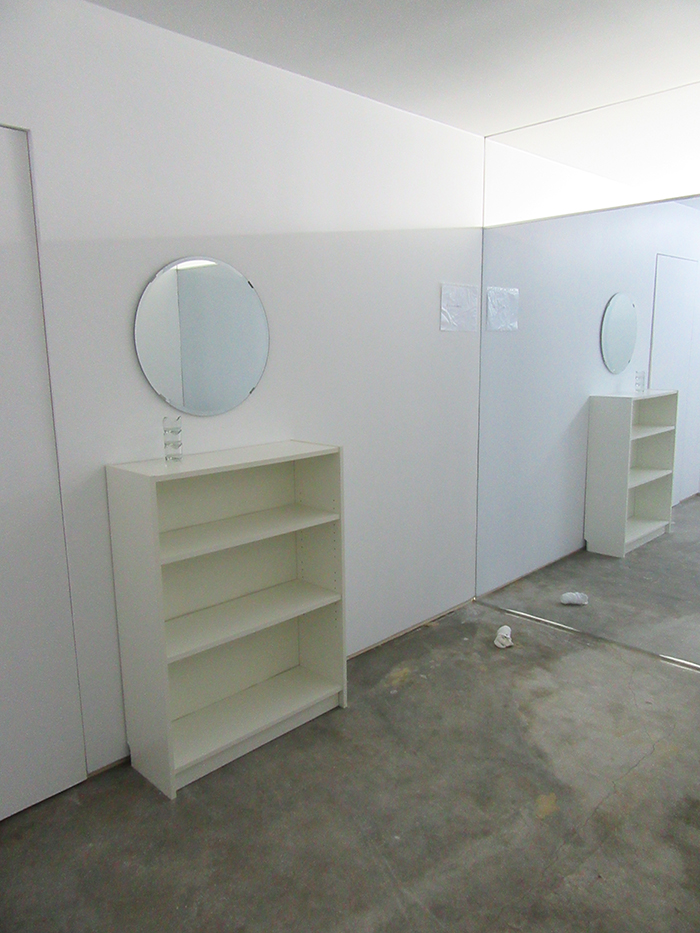
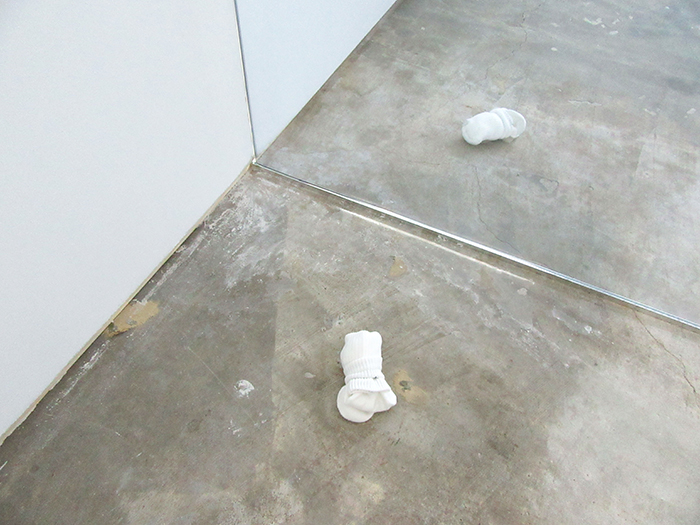
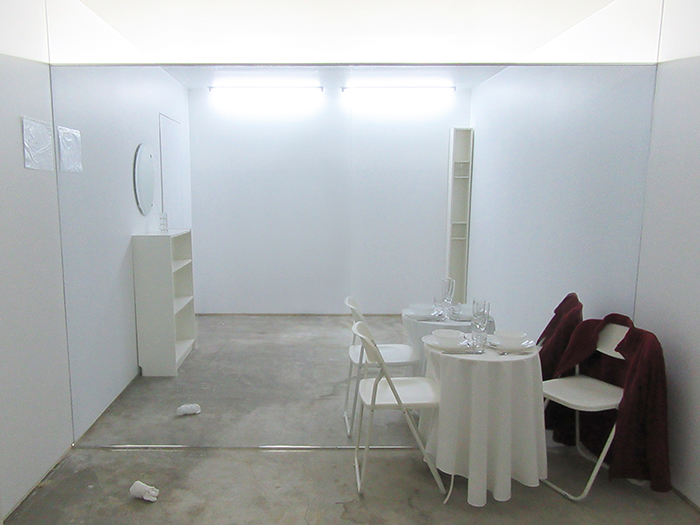
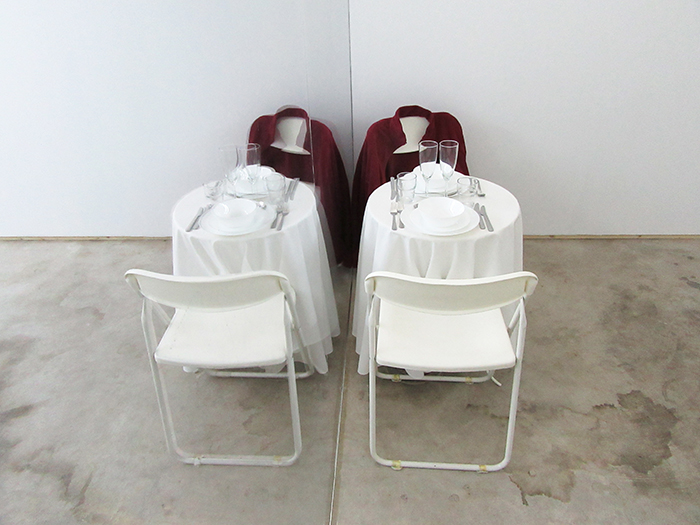
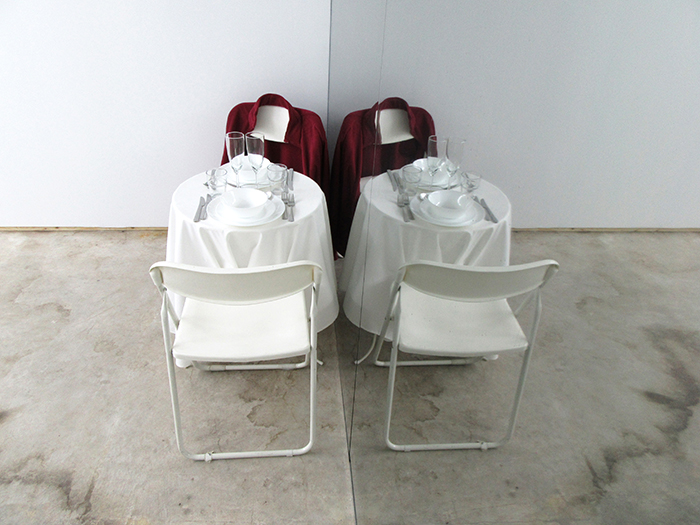
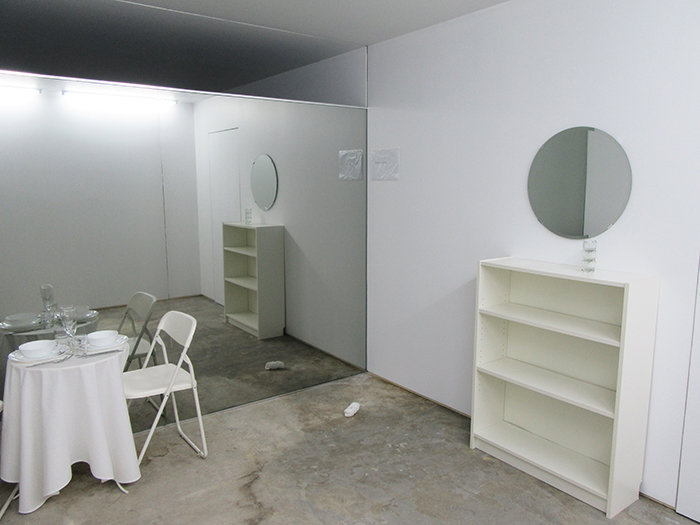
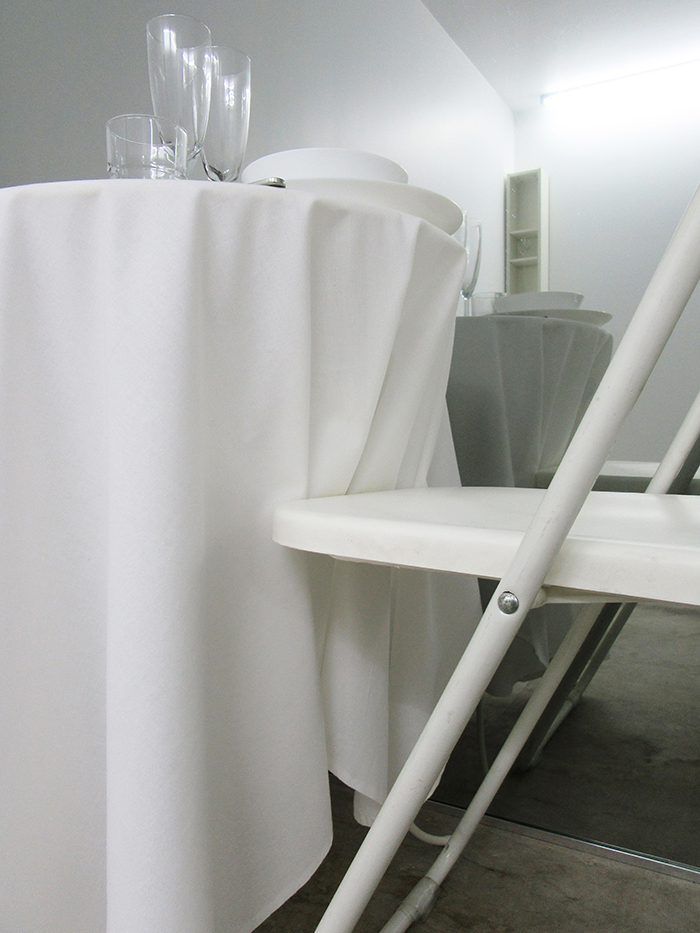
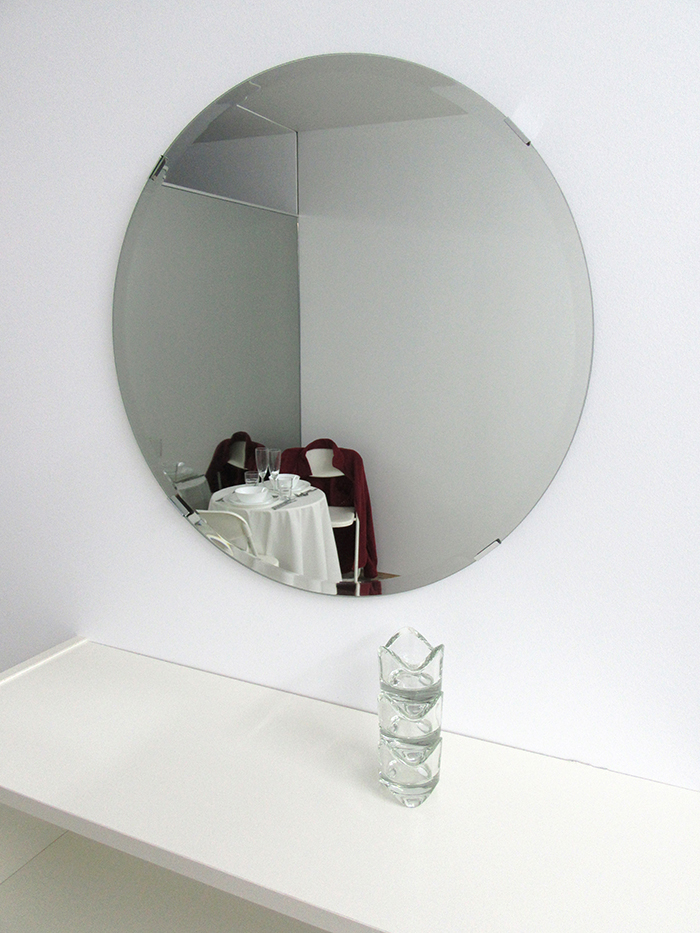
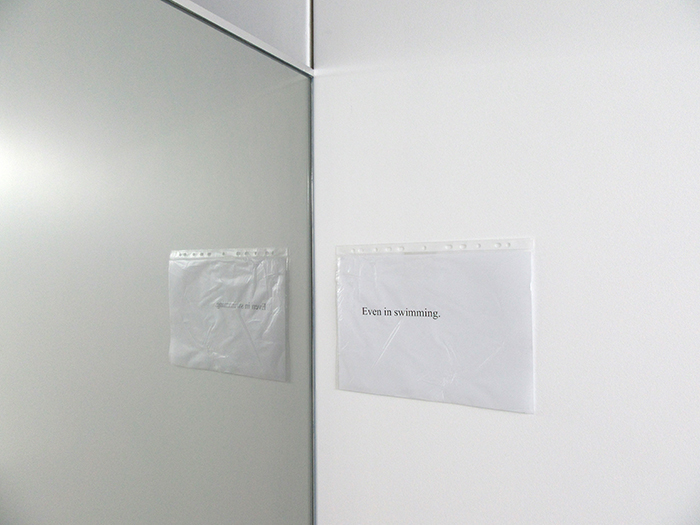
Catalogue
Text
Process
Back to Index



















